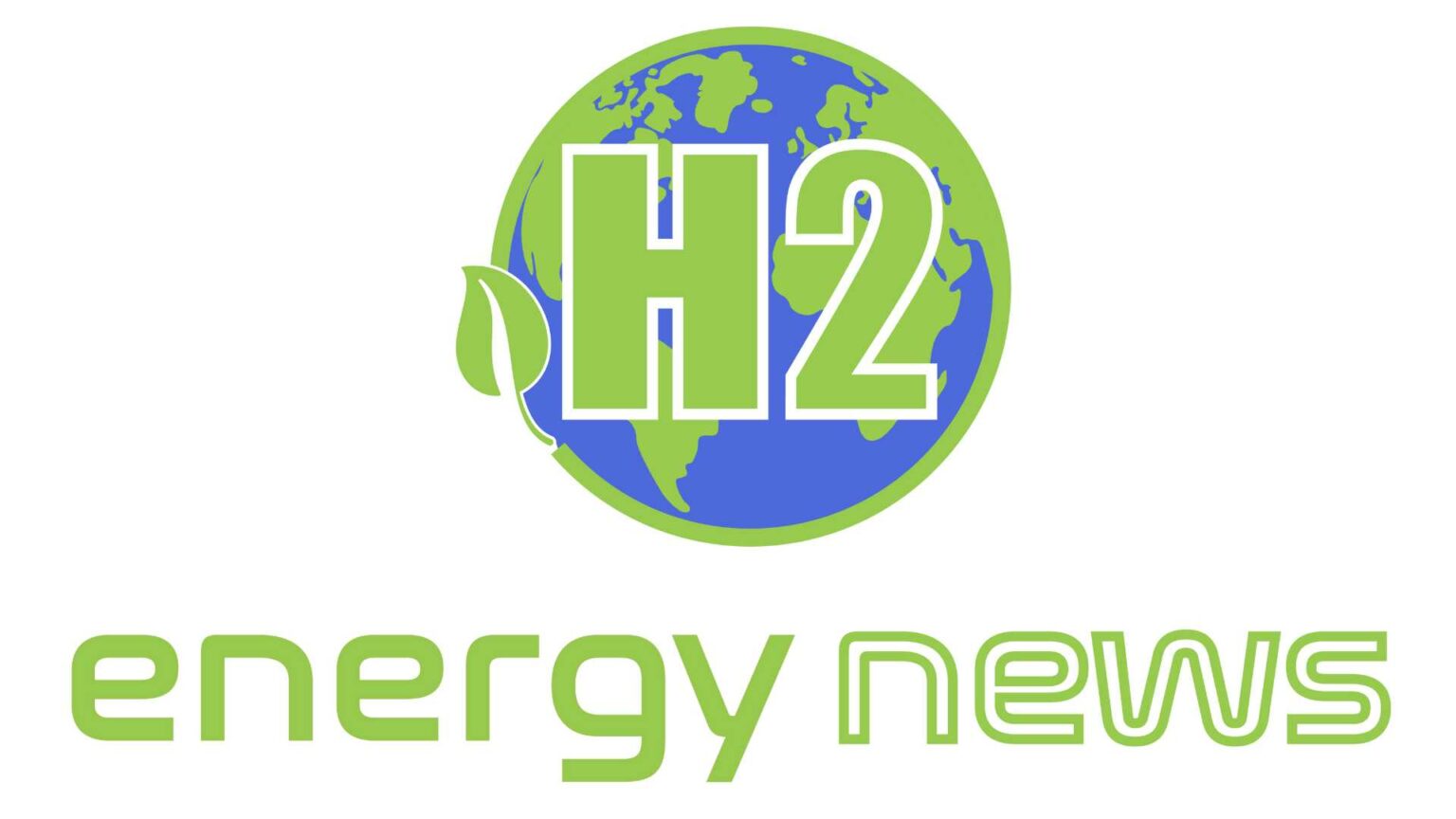China is the world’s greatest producer of hydrogen, which is currently primarily used as an industrial feedstock in the chemical and refining industries.
It is primarily produced from coal, which emits CO2, and is referred to as “black” hydrogen. China also leads the world in wind power generation, with 61 percent of its onshore wind capacity concentrated in windy northern regions, where it is frequently lost due to the grid’s inability to handle its inherent fluctuation. However, using electrolysis of water that can be timed to accommodate variations in renewable energy, renewable power can be used to make hydrogen without CO2 emissions, referred to as “green” hydrogen.
Now, a team of Harvard University, Shandong University, and Huazhong University of Science and Technology academics has looked into the possibility of using China’s wind energy to produce carbon-free green hydrogen at a cheaper cost than coal-derived black hydrogen. Green hydrogen may have even greater decarbonization potential as a zero-carbon energy source in key sectors that are otherwise difficult to decarbonize, such as iron and steel production, cement production, and heavy-duty transportation, if it can prove cost-competitive with black carbon for existing industrial uses.
Western Inner Mongolia was chosen as a sample region for estimating the technical and economic viability of creating green hydrogen using wind power because of its high wind power generation and big coal and black hydrogen production. The findings reveal that green hydrogen produced from wind energy is cost-competitive with black hydrogen, with high production levels attainable for less than US$2/kg — a generally accepted cost-competitiveness threshold. By 2030, switching from black hydrogen to green hydrogen obtained from Western Inner Mongolia’s rising wind generation for use as industrial feedstocks alone may save nearly 100 million tons of CO2 per year, roughly half of Beijing’s total carbon footprint.





